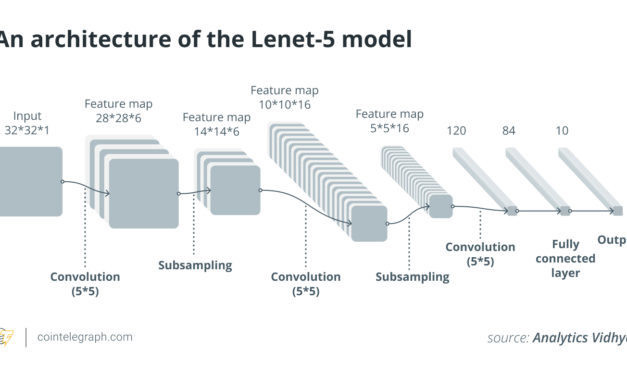Can memecoins be used as real currency?
Memecoins’ security and dependability as a medium of exchange remain a topic of debate in the cryptosphere. Memecoins are said to be safe and decentralized, but some are concerned about their volatility and lack of oversight. Memecoin proponents claim that because they are decentralized, users have more control over their money and are protected from fraud and theft. Furthermore, memecoins leverage blockchain technology, ensuring transactions are securely recorded on a decentralized ledger, making them resistant to hacking and manipulation. Governments and central banks that implement measures to maintain stability, control inflation, and guarantee the integrity of the financial system support traditional currencies. Memecoins, on the other hand, are more vulnerable to increased volatility and market manipulation due to their decentralized structure and lack of governmental oversight. Memecoins’ volatility is a source of worry because of their propensity for sudden, erratic price changes. As a result, using memecoins as a trustworthy medium of exchange or store of value may present difficulties. Nonetheless, these risks can be reduced with appropriate regulations in place, improving the security and dependability of memecoins as a medium of exchange. Finding the ideal mix between regulation and innovation is essential, though. Overregulation may hinder creativity and obstruct the growth of the memecoin ecosystem. Memecoins must be made safe and reliable over the long term to be a practical form of currency; hence, it is crucial to find a legal structure that addresses concerns while fostering innovation. Related: PEPE vs. DOGE: How the memecoins performed their first time hitting a $1B market cap
Čítaj viac






